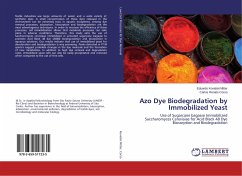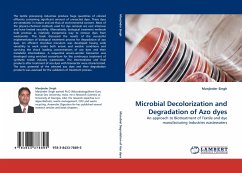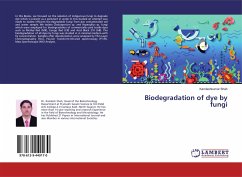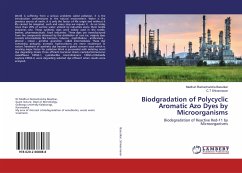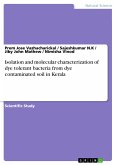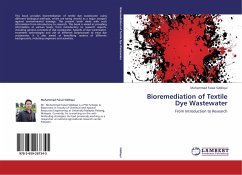Textile industries use large amounts of water and a wide variety of synthetic dyes. A small concentration of these dyes released in the environment can be extremely toxic in aquatic ecosystems. Among dye removal processes, adsorption, biosorption and biodegradation are the most advantageous techniques. In order to increase the efficiency of these processes, cell immobilization allows that metabolic processes can take place in adverse conditions. Therefore, this study aims the use of Saccharomyces cerevisiae immobilized in activated sugarcane bagasse to promote Acid Black 48 dye (AB48) biodegradation and biosorption in aqueous solutions. Our results indicate that use of immobilized yeast for decoloration and biodegradation is very promising. Peaks detected in FT-IR spectra suggest probable changes in the dye molecule and the formation of new metabolites. In addition to high dye removal and degradation rates, immobilized yeast cells can also be easily precipitated and removed when compared to the use of free cells.

